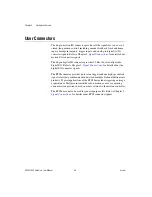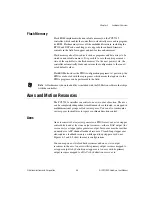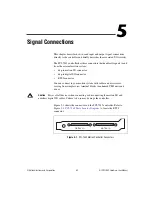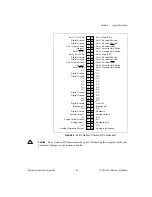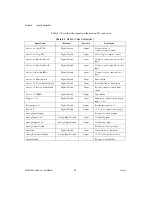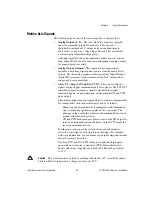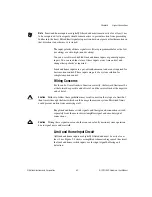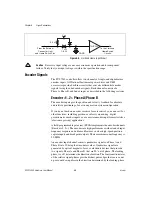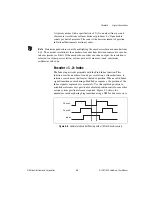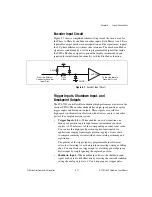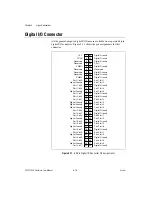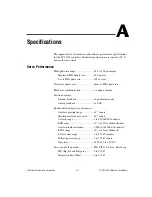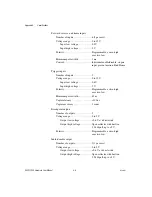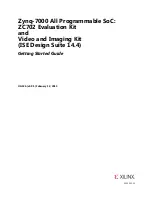
Chapter 5
Signal Connections
©
National Instruments Corporation
5-7
NI PCI-7342 Hardware User Manual
Note
Limit and home inputs are digitally filtered and must remain active for at least 1 ms
to be recognized. Active signals should remain active to prevent motion from proceeding
further into the limit. Pulsed limit signals stop motion but do not prevent further motion in
that direction if another move is started.
The input polarity of these signals is software programmable for active-low
(inverting) or active-high (non-inverting).
You can use software disabled limit and home inputs as general-purpose
inputs. You can read the status of these inputs at any time and set and
change their polarity as required.
Limit and home inputs are a per-axis enhancement and are not required for
basic motion control. These inputs are part of a system solution for
complete motion control.
Wiring Concerns
For the end of travel limits to function correctly, the forward limit must be
at the forward or positive end of travel, and the reverse limit at the negative
end of travel.
Caution
Failure to follow these guidelines may result in motion that stops at a limit but
then travels through the limit, which could damage the motion system. Miswired limits
could prevent motion from occurring at all.
Keep limit and home switch signals and their ground connections wired
separately from the motor driver/amplifier signal and encoder signal
connections.
Caution
Wiring these signals near each other can cause faulty motion system operation
due to signal noise and crosstalk.
Limit and Home Input Circuit
All limit and home inputs are digitally filtered and must be active for at
least 1 ms. Figure 5-4 shows a simplified schematic diagram of the circuit
the limit and home switch inputs use for input signal buffering and
detection.



